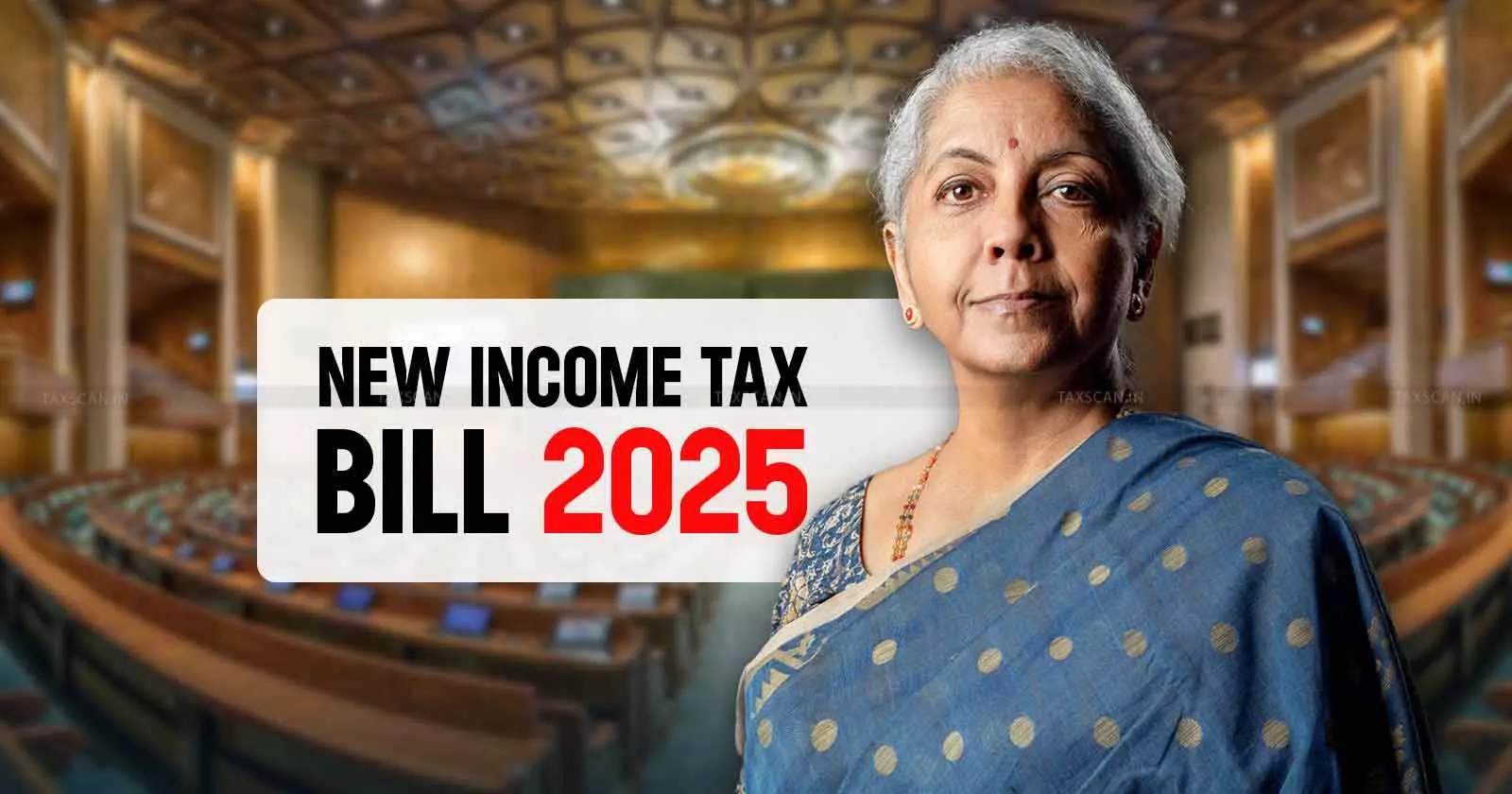Understanding the New ‘Tax Year’ in India’s Income Tax Bill 2025
This new concept removes the older terms “previous year” (the year income was earned) and “assessment year” (the year income was assessed).

What does “Tax Year” Mean in the New Income Tax Bill, 2025?
Under India’s upcoming Income Tax Bill, 2025, the idea of a “tax year” has been introduced. Simply put, a tax year is a 12‑month block, usually the same as the financial year that stretches from April 1 to March 31. For instance, the tax year 2026-27 covers the period from April 1, 2026, to March 31, 2027.
This new concept removes the older terms “previous year” (the year income was earned) and “assessment year” (the year income was assessed). Those two labels often confused people since each year’s income seemed to be split into two different slots. Now, income will be earned and assessed in the same year, called the -tax year-.
Why is the New Term Needed?
For more than three decades, income in practice was already tied to the April-March financial year. Having both “previous year” and “assessment year” was basically redundant.
The tax year system clears this up by using one unified term, making it much easier to know which period your income belongs to.
Taxpayers don’t have to juggle two different timelines.
It brings India’s tax law closer to international practice, since many other countries also use the term “tax year.”
Global investors and businesses can now interpret Indian tax rules without extra decoding.
The government’s broader aim with this Bill is to simplify the law’s structure, cut down on jargon and make the rules more accessible.
Why Not Just Call It a Financial Year?
A natural doubt people may have is: if the tax year usually runs April-March, why not keep calling it the financial year?
The reason is simple: a tax year doesn’t always cover 12 months. For example, if you start a business on October 1, 2026, your first tax year will be from October 1, 2026, to March 31, 2027. That’s only six months.
Calling this a financial year would be misleading, since financial year -always- means the full 12 months (April-March). So, “tax year” is the more accurate expression whenever a shorter period is involved.
In contrast, “financial year” will still be used in rules and deadlines where a complete 12‑month span is essential. For example, procedural timelines, compliance cycles, or filing deadlines.
How Will It Work in Practice?
For most people, there’s little visible change. Your income from April 2026 to March 2027 will now simply be called tax year 2026-27. Earlier, the same income was the “previous year 2026-27”, taxed in “assessment year 2027-28.” That back-and-forth naming has been scrapped.
This makes things clearer when tax rates are announced. Rates now apply directly to that tax year’s income, without needing to shift forward to an assessment year.
New businesses or income sources mid‑year: If you begin in October 2026, your first tax year runs till March 31, 2027. After that, you’ll follow the standard April-March cycle.
The law ensures that every taxpayer, even new ones, closes their first tax year uniformly on March 31.
Transition from the Old Law
There’s no overlap or confusion during the handover.
Income earned up to March 31, 2026, will still be handled under the existing 1961 Act, with the last assessment year 2026-27. From April 1, 2026 onward, the new Bill takes over and that income will fall in tax year 2026-27.
So, although both systems use the label “2026-27,” each applies to different laws with non-overlapping periods.
Filing and Tax Rates
From now on, taxpayers will file returns for the same tax year in which income is earned. Example: You’ll submit your ITR for Tax Year 2026-27, instead of an ITR for Assessment Year 2027-28.
The law’s charging section has also been updated. Previously, income tax was levied on the previous year’s income at assessment year rates. Now it simply says: taxed income of the tax year, at the rates fixed for that tax year.
Meanwhile, due dates, audits, issue of forms and procedural obligations will still run according to the financial year since they are tied to the familiar April-March calendar.
Final Word
The introduction of the “tax year” is one of the biggest simplifications in the new Income Tax Bill, 2025.
It ends the confusing -previous year vs assessment year- split.
It speaks the same language taxpayers already use when they talk about their annual income.
It makes Indian tax law consistent with global terminology.
It preserves “financial year” only where it is relevant for compliance and administration.
Overall, this reform cuts away unnecessary layers and makes the law easier to use, easier to understand and explain and easier to comply with.
Support our journalism by subscribing to Taxscan premium. Follow us on Telegram for quick updates


